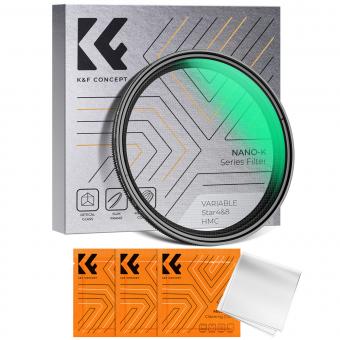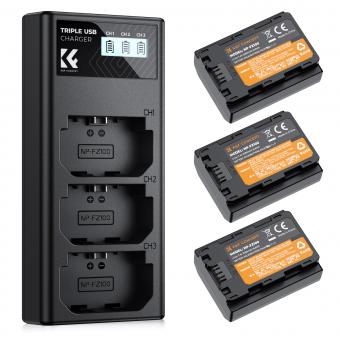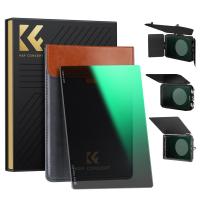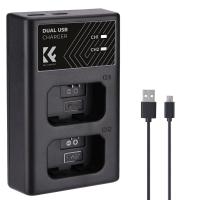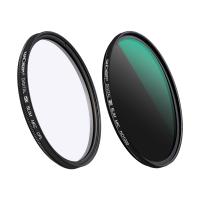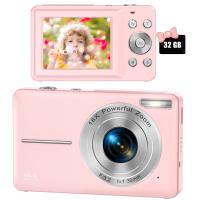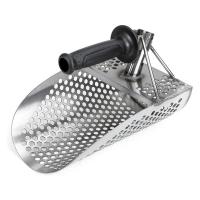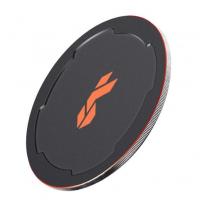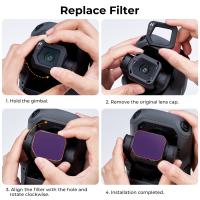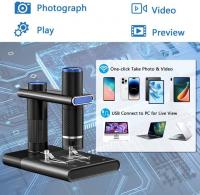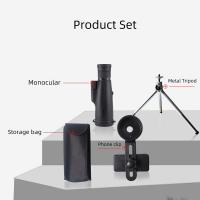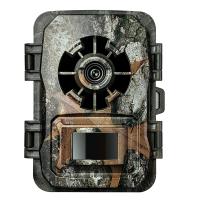Which Is Better 10x50 Or 12x50 Binoculars ?
The choice between 10x50 and 12x50 binoculars depends on your specific needs and preferences. The first number represents the magnification power, while the second number refers to the diameter of the objective lens in millimeters.
10x50 binoculars provide a magnification of 10 times, meaning objects will appear 10 times closer than they actually are. This lower magnification can result in a wider field of view, making it easier to locate and track moving objects. The larger objective lens diameter of 50mm allows more light to enter the binoculars, resulting in brighter images, especially in low-light conditions.
On the other hand, 12x50 binoculars offer a higher magnification of 12 times, allowing for more detailed observations of distant objects. However, the higher magnification can also make it more challenging to keep the image steady, especially without the use of a tripod. The 50mm objective lens diameter still provides good light-gathering capabilities.
Ultimately, the choice between 10x50 and 12x50 binoculars depends on your intended use, such as birdwatching, stargazing, or sports viewing, as well as your personal preferences for magnification and field of view.
1、 Magnification power: 10x vs 12x
When comparing binoculars, one of the key factors to consider is the magnification power. In this case, we are comparing 10x50 and 12x50 binoculars. The first number, 10x or 12x, represents the magnification power, while the second number, 50, refers to the diameter of the objective lens in millimeters.
The higher magnification power of the 12x50 binoculars might seem appealing at first. It allows for a closer view of distant objects, making them appear larger and more detailed. This can be advantageous for activities such as birdwatching or stargazing, where a higher magnification can enhance the viewing experience.
However, there are a few factors to consider before concluding that 12x50 binoculars are better. Firstly, higher magnification can result in a narrower field of view. This means that you will see a smaller portion of the scene you are observing, making it more challenging to track moving objects or scan large areas quickly.
Additionally, higher magnification can also amplify hand movements, making it harder to maintain a steady image. This can be particularly problematic if you plan to use the binoculars without a tripod or other stabilizing equipment.
Ultimately, the choice between 10x50 and 12x50 binoculars depends on your specific needs and preferences. If you prioritize a wider field of view and ease of use, the 10x50 binoculars might be a better option. On the other hand, if you value the ability to zoom in on distant objects and are willing to sacrifice some field of view, the 12x50 binoculars could be more suitable.
It's worth noting that advancements in technology have led to the development of binoculars with even higher magnification power, such as 16x or 20x. However, these higher magnifications often come with trade-offs in terms of image stability and field of view.
In conclusion, both 10x50 and 12x50 binoculars have their advantages and disadvantages. It's important to consider your specific needs and preferences, as well as factors like field of view and image stability, before making a decision.
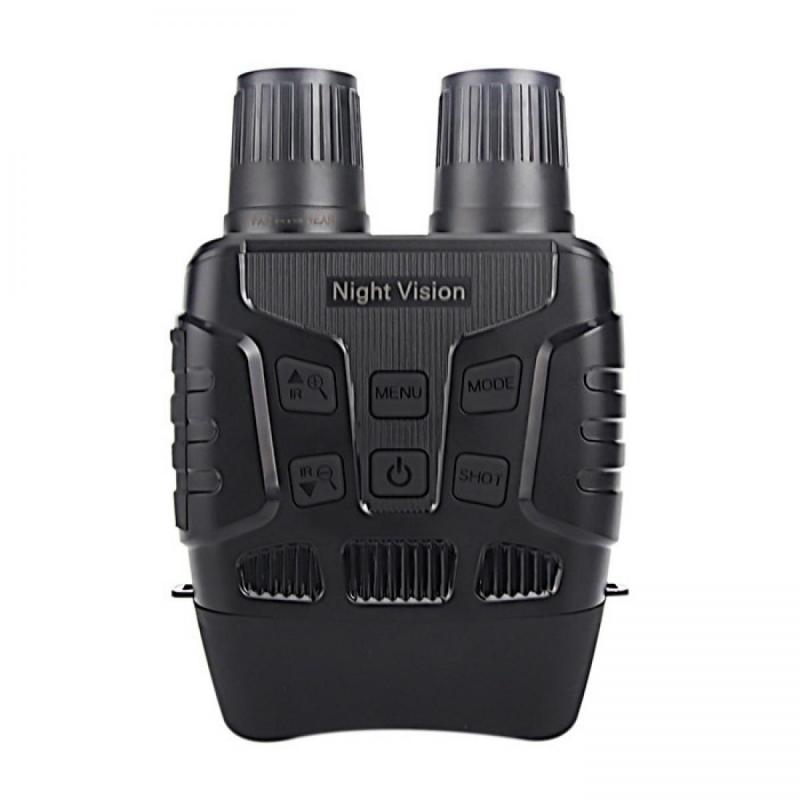
2、 Objective lens diameter: 50mm
When comparing binoculars, there are several factors to consider, including magnification power and objective lens diameter. In this case, we are comparing 10x50 and 12x50 binoculars, both of which have an objective lens diameter of 50mm.
The first aspect to consider is the magnification power. The 10x50 binoculars provide a magnification of 10 times, meaning that objects will appear 10 times closer than they actually are. On the other hand, the 12x50 binoculars offer a higher magnification of 12 times. This higher magnification can be beneficial for observing distant objects in more detail.
However, it's important to note that higher magnification also comes with some drawbacks. With increased magnification, the image may become shakier, making it harder to maintain a steady view. Additionally, a higher magnification can also reduce the field of view, making it more challenging to locate and track moving objects.
Considering these factors, the choice between 10x50 and 12x50 binoculars depends on the intended use. If you prioritize a wider field of view and a more stable image, the 10x50 binoculars may be the better option. On the other hand, if you require more detailed observations of distant objects and are willing to sacrifice some stability and field of view, the 12x50 binoculars could be the preferred choice.
It's worth mentioning that advancements in technology have led to the development of image stabilization systems in binoculars, which can help mitigate the shakiness associated with higher magnification. If budget allows, considering binoculars with image stabilization could be a worthwhile investment.
Ultimately, the decision between 10x50 and 12x50 binoculars depends on personal preferences and specific needs. It's recommended to try out both options if possible and consider factors such as stability, field of view, and intended use before making a final decision.
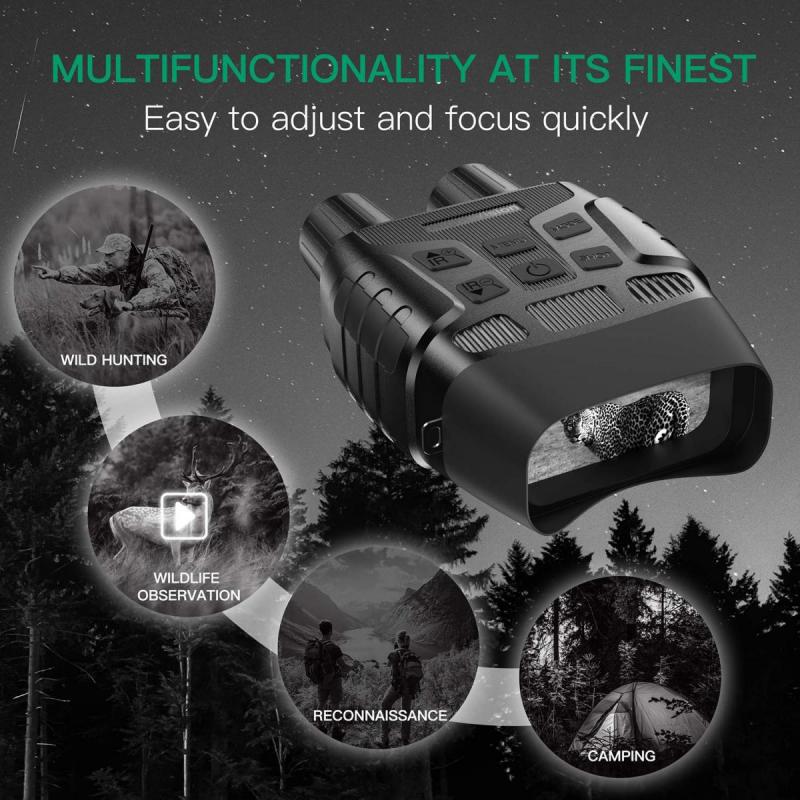
3、 Field of view: 10x50 vs 12x50
When comparing binoculars, one important factor to consider is the field of view. The field of view refers to the width of the area that can be seen through the binoculars at a specific distance. In this case, we are comparing the field of view of 10x50 and 12x50 binoculars.
The first number in the specifications, 10x or 12x, represents the magnification power. The higher the number, the closer the objects will appear. However, this also means that the field of view will be narrower. So, in terms of field of view, the 10x50 binoculars will have a wider field of view compared to the 12x50 binoculars.
A wider field of view can be advantageous in various situations. For example, if you are birdwatching or observing wildlife, a wider field of view allows you to see more of the surrounding area, making it easier to locate and track moving objects. It also provides a more immersive experience when observing landscapes or large events.
However, it is important to note that the choice between 10x50 and 12x50 binoculars ultimately depends on your specific needs and preferences. If you prioritize a closer view and are willing to sacrifice some field of view, then the 12x50 binoculars might be a better choice for you. On the other hand, if a wider field of view is more important to you, then the 10x50 binoculars would be the better option.
It is also worth considering other factors such as the quality of optics, build durability, and ergonomics when making a decision. Ultimately, the best choice will depend on your individual requirements and the specific application you have in mind.
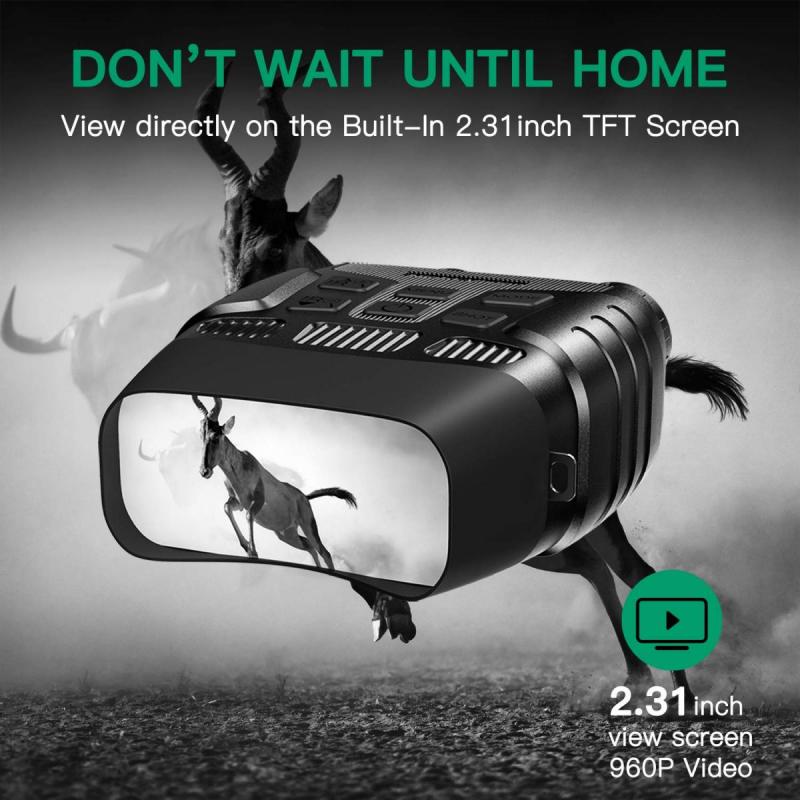
4、 Image brightness and clarity: 10x50 vs 12x50
When comparing 10x50 and 12x50 binoculars, one of the key factors to consider is image brightness and clarity. Both these specifications play a crucial role in determining the quality of the viewing experience.
In terms of image brightness, the 10x50 binoculars have an advantage. The larger exit pupil size of 5mm (50 divided by 10) allows more light to enter the binoculars, resulting in brighter images. This can be particularly beneficial in low-light conditions, such as during dawn or dusk observations. The 12x50 binoculars, on the other hand, have a slightly smaller exit pupil size of 4.17mm (50 divided by 12), which means they may not gather as much light as the 10x50 binoculars.
However, when it comes to image clarity, the 12x50 binoculars have an edge. The higher magnification of 12x allows for more detailed observations, making distant objects appear closer and clearer. This can be advantageous for activities like birdwatching or stargazing, where the ability to see fine details is crucial.
It's important to note that the difference in image brightness between the two binoculars may not be significant in well-lit conditions. Additionally, the quality of the optics and coatings used in the binoculars can also impact image brightness and clarity.
Ultimately, the choice between 10x50 and 12x50 binoculars depends on the specific needs and preferences of the user. If low-light performance and brightness are a priority, the 10x50 binoculars may be the better option. However, if detailed observations and clarity are more important, the 12x50 binoculars would be a suitable choice.










